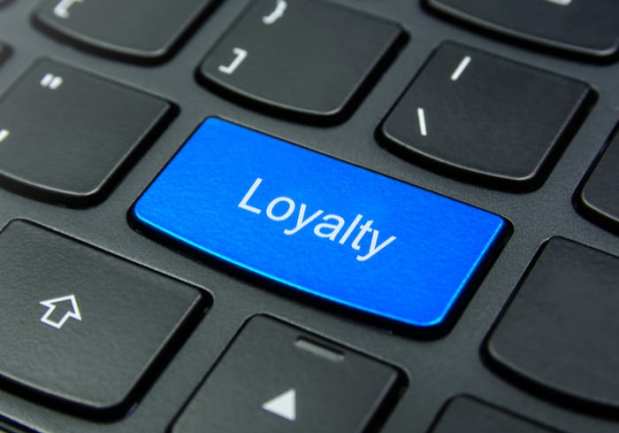When Loyalty Innovation Is On QSRs’ Menus

To create more convenient ordering experiences and build loyalty, quick-service restaurants (QSRs) are innovating with the help of digital and mobile technologies. Through revamped rewards offerings and mobile ordering experiences, QSRs are hard at work on bringing improved ordering and loyalty offerings into their brick-and-mortar stores and online platforms.
From Starbucks to Dunkin’ and Chipotle Mexican Grill, QSRs are working to enhance their customers’ experiences through technology. These are just some of the ways these restaurants – among others in the industry – are enhancing their mobile ordering and loyalty offerings to serve the needs of their diners while keeping them coming back for more in the digital age.
Mobile Ordering
Quick-service restaurants are experiencing traction with their apps. In Starbucks’ second-quarter earnings conference call, President and CEO Kevin Johnson said the company expanded its active member base by half a million customers. The jump caused its active mobile app rewards membership to grow to 16.8 million users. Johnson also noted the momentum had a positive impact on results, as the program’s members comprised 41 percent of sales in U.S. stores over the quarter.
A few days later, Dunkin’ Brands CEO Dave Hoffmann reported in his company’s earnings call that the company received the perpetual license to the code that runs the Dunkin’ mobile app last year. As a result, the company can be faster to market and more flexible with its digital initiatives. “It’s the backbone to our digital ecosystem,” Hoffmann said, adding that it powers initiatives like mobile ordering.
He also noted that on-the-go ordering experienced an average weekly sales increase of 25 percent year over year (YOY), which made up 4 percent of total transactions in the quarter. Hoffmann added that the channel represented over 7 percent of transactions in locations without a drive-thru. In many urban areas, mobile orders exceeded 25 percent of transactions at high-volume sites. “On-the-go mobile ordering is a winning proposition for Dunkin’,” Hoffman said, as it lets customers get in, get out and be on their way.
Beyond coffee QSRs, Chipotle Mexican Grill CEO Brian Niccol said in his company’s earnings call that it recently finished the addition of mobile order pickup shelves in relevant restaurants. He noted that the shelves are a “key element in digitizing and modernizing our restaurant experience.” In addition to the benefits to diners picking up their orders, delivery drivers can pick up orders from the shelves without having to wait.
Many consumers are receptive to mobile innovation: According to the PYMNTS Restaurant Readiness Index, more than nine in 10 – or 91.9 percent – of QSR customers positively view a restaurant’s mobile app. Moreover, nearly two-thirds – or 65 percent – of QSR managers have a positive view of the innovation.
Loyalty Programs
QSRs are also beefing up their loyalty offerings with updates to their reward programs. Dunkin’, for instance, recently launched a pilot test of multi-tender rewards at more than 1,000 locations, allowing diners to earn DD Perks regardless of how they pay. In the past, DD Perks members could only receive points by paying with gift cards. With the latest effort, diners scan their DD Perks loyalty ID quick-response (QR) code before making a payment to accumulate points. Hoffmann said the company believes “multi-tender is a true unlock” to grow the company’s loyalty efforts beyond today’s 12 percent of sales.
With Starbucks, Johnson said the QSR was pleased with the smooth rollout of its revamped loyalty offering, which he noted gives diners “greater choice and flexibility in redeeming rewards.” Customers could redeem 50 stars for a brewed hot tea, hot coffee or bakery item, among other options. Chipotle also rolled out its spend-based rewards program in mid-March, which lets diners earn 10 points for every dollar they spend. They earn a free entrée when they accrue 1,250 points, and there are periodic bonus offers along the way. Niccol said in the call that guests have been asking for a rewards program for a long time.
Managers and diners alike often have favorable views of reward offerings. According to the PYMNTS Restaurant Readiness Index, the share of customers and managers who have positive views of loyalty programs is 80 percent. The Index also noted that 79.5 percent of QSR customers and 47.5 percent of QSR managers see loyalty programs as a feature that is important to a restaurant’s success.
From Chipotle to Starbucks and Dunkin’, QSRs are innovating with the help of mobile ordering and loyalty programs to serve their customers in the digital age.
